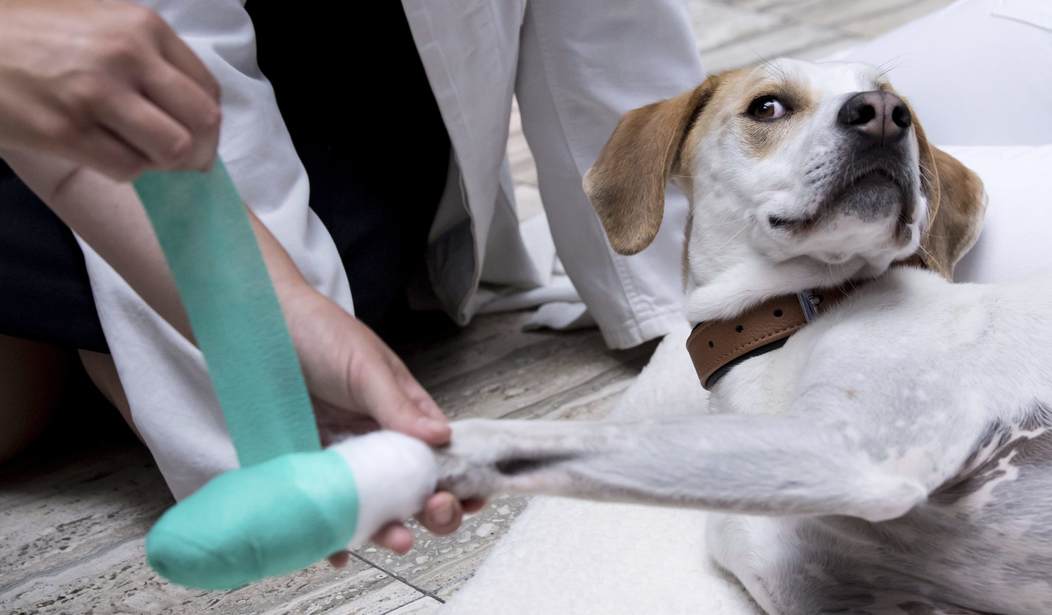WASHINGTON — A new Centers for Disease Control and Prevention report warns that the rate of suicide among veterinarians is increasing “steadily,” with female veterinarians 3.5 times as likely and male veterinarians 2.1 times as likely to die from suicide as the general population.
The CDC study, published in the Journal of the American Veterinary Medical Association (JAVMA), notes that the trend of suicidal vets seen for three decades and climbing can be due to several factors including work stress, school debt, skewed work-life balance and “access to euthanasia solution used for animals and the training to calculate a dose that could also be lethal in people.”
The most common method of suicide among vets, though, remains firearms — same at the general population. But 37 percent of suicide deaths among veterinarians — 64 percent of women and 32 percent of men — were attributed to pharmaceutical poisoning, which is 2.5 times higher than non-vets.
“Our findings suggest mortality from suicide among veterinarians has been high for some time — spanning the entire 36-year period we studied,” said CDC Director Robert R. Redfield, M.D. “This study shines a light on a complex issue in this profession. Using this knowledge, we can work together to reduce the number of suicides among veterinarians.”
The report notes that in 2014, “a survey of 11,627 US veterinarians found 9% had current serious psychological distress, 31% had experienced depressive episodes, and 17% had experienced suicidal ideation since leaving veterinary school.”
Three-quarters of the vets who commit suicide work exclusively or predominantly in a small-animal practice. Veterinarians who worked with livestock are still “significantly” more likely to die from suicide than the general population.
“One potential contributing factor associated with this finding is exposure to occupational stressors. Veterinarians working in clinical medicine, particularly companion animal medicine, are exposed to high levels of occupational stress related to long working hours, client expectations, unexpected outcomes, communicating bad news, poor work-life balance, high workloads, rising veterinary care costs, professional isolation, student debt, and lack of senior support,” the report said. “Increased and unmanaged occupational stressors can be associated with known risk factors for suicide including burnout, psychological distress, and depression.”
“Incorporating healthy work design and well-being concepts in the clinical environment to address compassion fatigue and occupational stress and offering continuing education on managing occupational stressors might help to reduce the number of suicides among veterinarians,” researchers added.
Suicide is the 10th-leading cause of death in the United States and is on the rise.
CDC suggested that “a framework used to make recommendations on methods of controlling occupational hazards to help prevent occupational illnesses and injuries could be used to help guide suicide prevention measures in the veterinary profession,” and could include “strategies to change the way people work such as scheduling shorter work shifts and restricting access to euthanasia solution.”









Join the conversation as a VIP Member